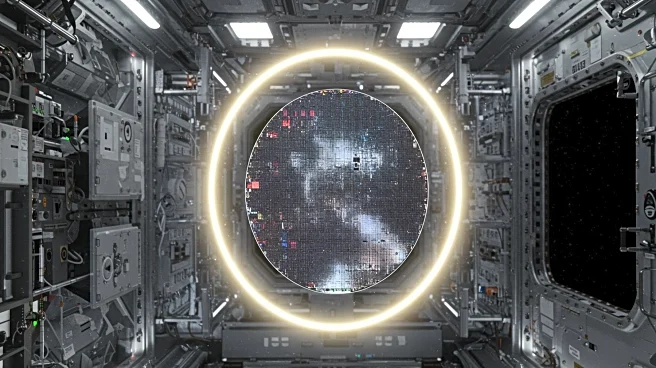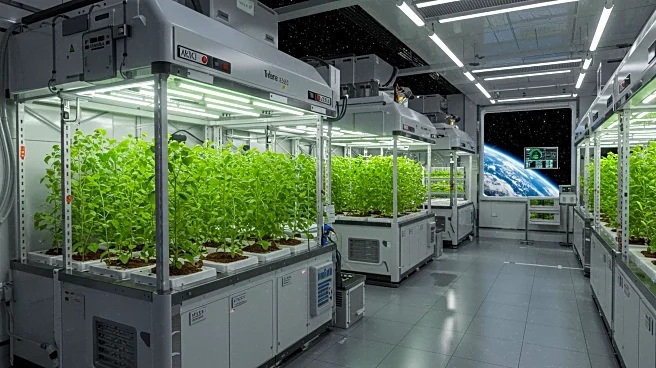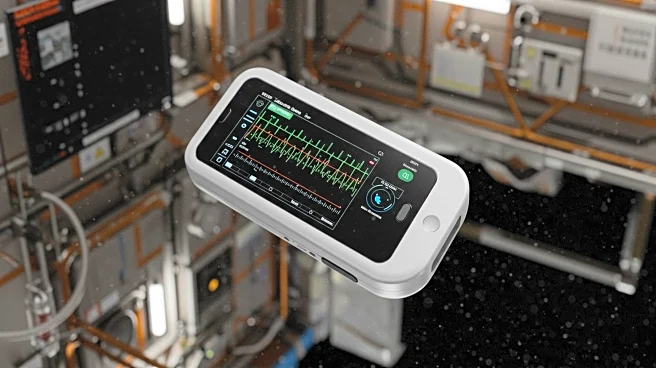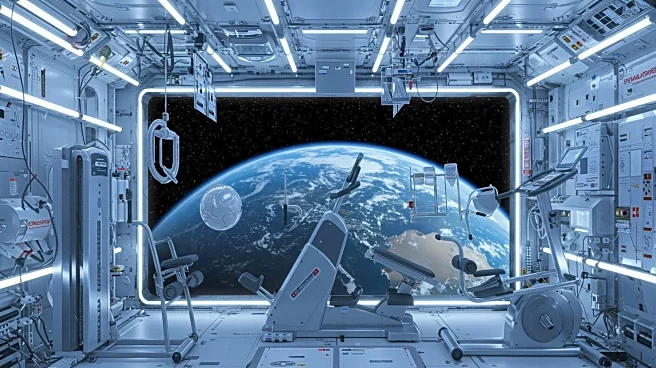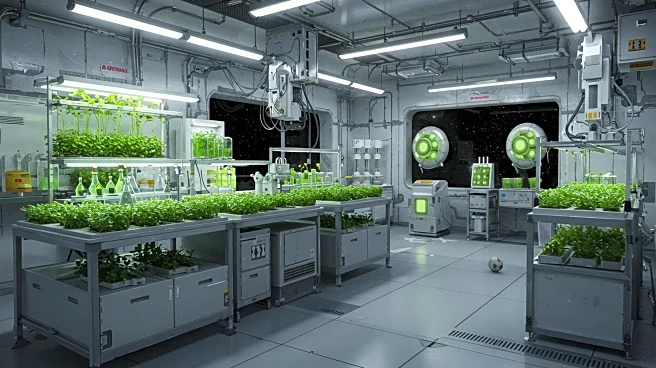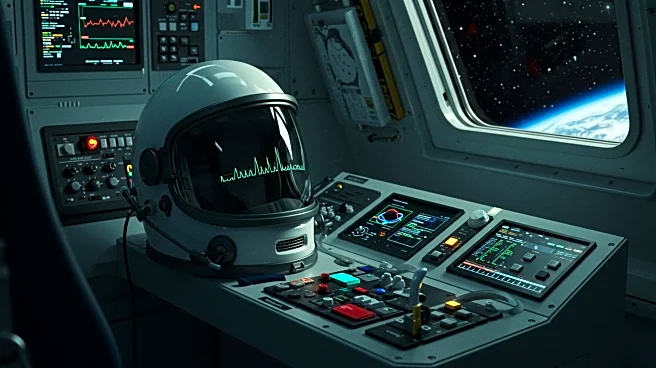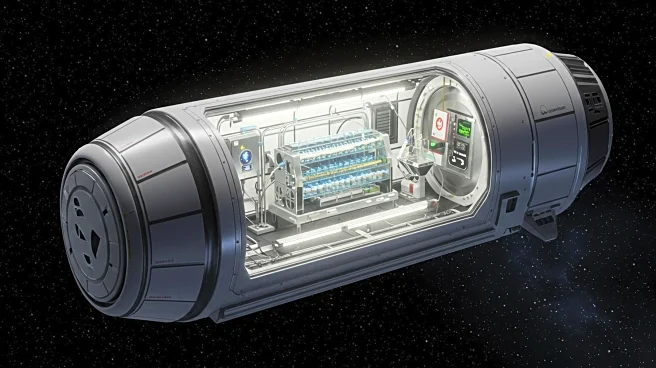What is the story about?
What's Happening?
The International Space Station (ISS) is currently hosting an experiment to grow semimetal-semiconductor composite crystals in microgravity. This project, part of NASA's In Space Production Applications (InSPA) program, is led by United Semiconductors LLC, in collaboration with Axiom Space and Redwire. The goal is to produce device-ready wafers in space, addressing the global demand for advanced electronic components. The microgravity environment of the ISS allows for better control over the crystal growth process, reducing imperfections that typically occur on Earth due to gravity.
Why It's Important?
This experiment is significant for the semiconductor industry, as it explores new methods of manufacturing high-quality electronic components in space. By leveraging microgravity, researchers aim to overcome challenges in crystal purity and uniformity, which are critical for electronic sensors and devices. Success in this area could lead to advancements in space-based manufacturing, potentially reducing reliance on Earth-based production and opening new markets for space-grown materials.
What's Next?
The results of the ISS experiment will be analyzed to determine the feasibility of large-scale semiconductor production in space. If successful, this could pave the way for future space manufacturing initiatives, potentially transforming the electronics industry. Companies involved in the project may seek further collaborations with NASA and other space agencies to expand research and development efforts.
AI Generated Content
Do you find this article useful?
